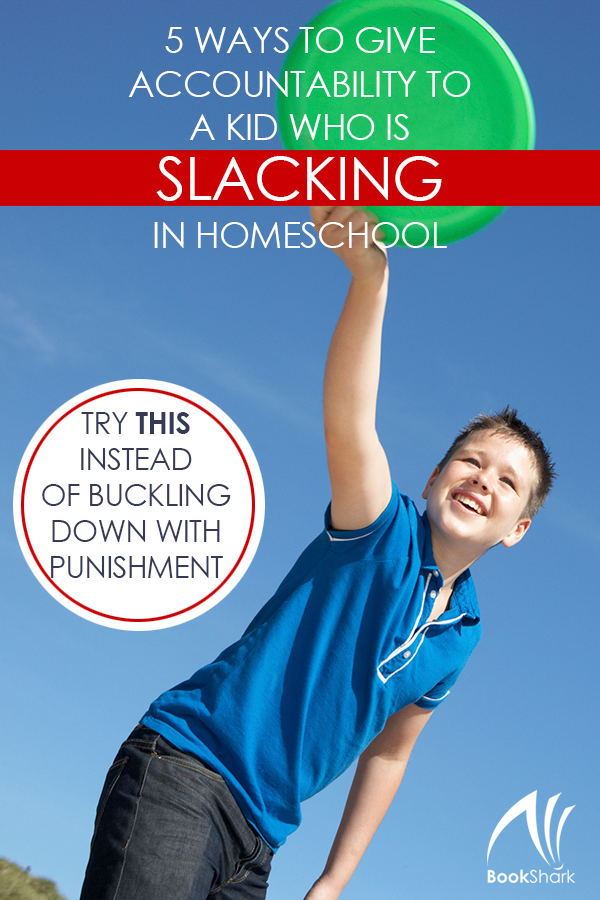When I started homeschooling many years ago, one of my main goals was to raise readers. As an avid reader myself, I’ve always understood the value of reading. It expands our vocabulary, teaches us, ignites our imagination, challenges us, transports us to amazing worlds, and so much more.
I knew I wouldn’t be able to teach my girls everything, but if they could read well and enjoyed the process, they would be able to learn anything they wanted to. So I did whatever I could to make reading exciting and accessible. Here are ways to nudge your child toward becoming a lifelong reader.
Create a Book Loving Home
First, it’s important that our children know that we, as parents, think books are important. In our home, we have multiple bookshelves that are filled with a variety of books. Our Kindle ereaders get frequent attention. Library trips were (and still are) frequent and positive. We invest in a literature-rich homeschool curriculum.
My husband and I read regularly, so our kids see us getting caught up in stories and hear us discuss what we’re reading. Remember that our kids tend to value what we value.
What if you’ve done all you can think of and your child still doesn’t like to read? It’s time to ask yourself some questions.
- Could your child have a learning disability, like dyslexia, that makes reading hard for him? Sure, we should all challenge ourselves by reading difficult books, but every time we pick up a story, it shouldn’t be a chore.

We’re lucky that today, more than ever, there’s help available for those who have trouble reading. If this is an issue for your child, I would encourage you to seek assistance instead of deciding that he’s just never going to be a good reader.
- Is your child a slow reader? Sometimes, especially with longer books, it’s hard to keep motivated when it seems to take forever to finish. Is he slow because he’s having trouble focusing? Is the story or vocabulary too challenging?
Think about what can be done to break down any barriers for him. Reading isn’t a race, but see if you can help him pick up his pace, so he doesn’t get frustrated or lose interest while reading.
Does she find the books she is reading boring? Do you let her choose her own books or is she regularly assigned reading material? Maybe she just hasn’t found the right subject to ignite her passion.
Sure, children have to read books for school, even if they find them boring. Just make sure that you’re encouraging her to read for pleasure as well.
4 More Tips for Turning a Non-Reader into a Reader
- Spend part of your day reading aloud together, regardless of your child’s age. Yes, read aloud time is still valuable for teens! There is something very powerful about spending time as a family reading a story.
- If the act of reading is challenging for your child, turn to audio books. By listening to books, instead of reading them, they can still develop the passion for the stories without having to struggle.
- Introduce your child to a wide variety of books. Encourage her to explore the various genres and topics to find one that excites her. Make up a list and each time you go to the library, have her choose one or two different types. You both might be surprised by what grabs her attention!
- Make sure your child is reading books that are at the right level for him. Books that are too hard or too easy can turn off a child’s interest. Challenge him to move up his reading material as he grows, but don’t jump so far ahead that every page is difficult for him to understand.
Unfortunately, there is no guarantee that homeschooling or following any of these tips will raise a reader. However, instead of throwing in the towel claiming, “my child’s just not a reader,” persevere in your efforts to turn your non-reader into a reader. Some readers bloom later than others! And your investment may pay off in years to come.

About the Author
Megan Zechman is a veteran homeschool mom of two girls. Over at Education Possible, she shares creative, hands-on learning activities for middle school.












